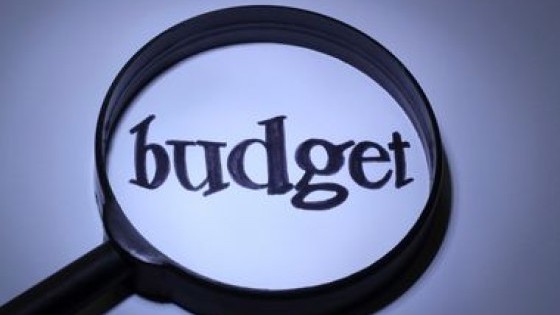National Insurance Changes
13 Mar 2017
Self-Employed? Read all about National Insurance changes. With Class 2 going, Class 4 is still here and rising.Categories & Tags
The Chancellor’s first Budget was a reasonably quiet affair against the backdrop of the Brexit negotiations. The Chancellor also has the opportunity for a second Budget later in the year as we move to a new schedule with the annual Budget taking place in the autumn. This gave the Chancellor some time to wait and see how the economic conditions are faring before making any major announcements for 2018-19 and beyond.
However, the self-employed bore the brunt of the changes in the final March Budget with the announcement of increases in the rate of Class 4 National Insurance contributions. The self-employed pay National Insurance at a lower rate than employees and the Chancellor insisted that this was not fair commenting that <i>‘… historically, the differences in NICs between those in employment and the self-employed reflected differences in state pensions and contributory welfare benefits. But with the introduction of the new state pension, these differences have been very substantially reduced.’</i>
The end result was the announcement that from April 2018, Class 4 National Insurance Contributions will increase from 9% to 10% with a further increase from April 2019 to 11%. The first increase coincides with the previously announced cessation of Class 2 contributions. The increased rate remains lower than the corresponding rate for employees who pay National Insurance at 12% on the same income levels. Both the employed and self-employed pay 2% National Insurance Contributions on income above the higher rate threshold.
News & Resources

Changing a company’s accounting year end
More

Budget summary 6 March 2024
More

A reminder that NLW and NMW rates are increasing
More

Changes to NIC from January 2024
More

Summary of the Government’s Autumn Statement
More

The HMRC Charter
More

Business records if self-employed
More

Autumn Budget Statement 2022
More
